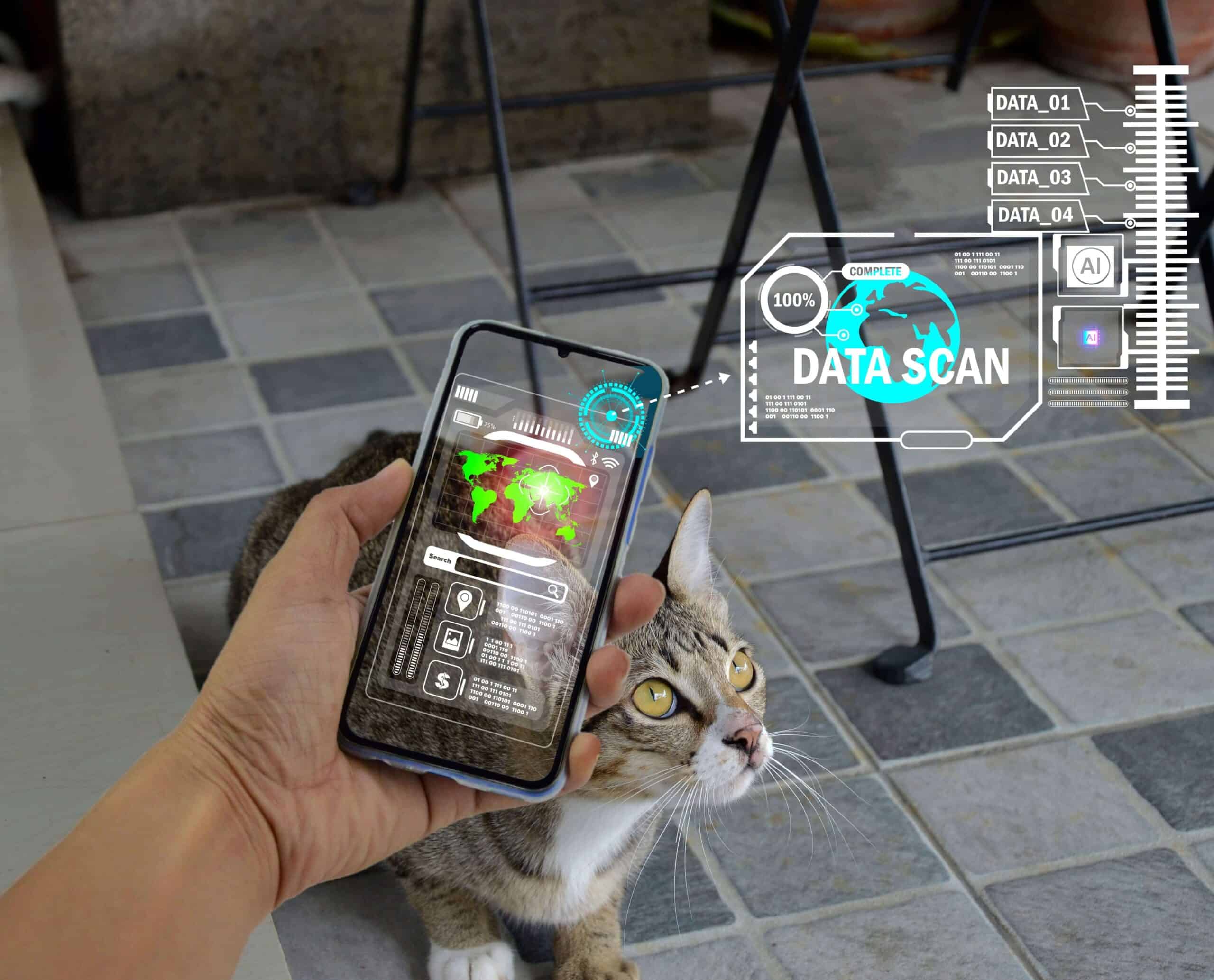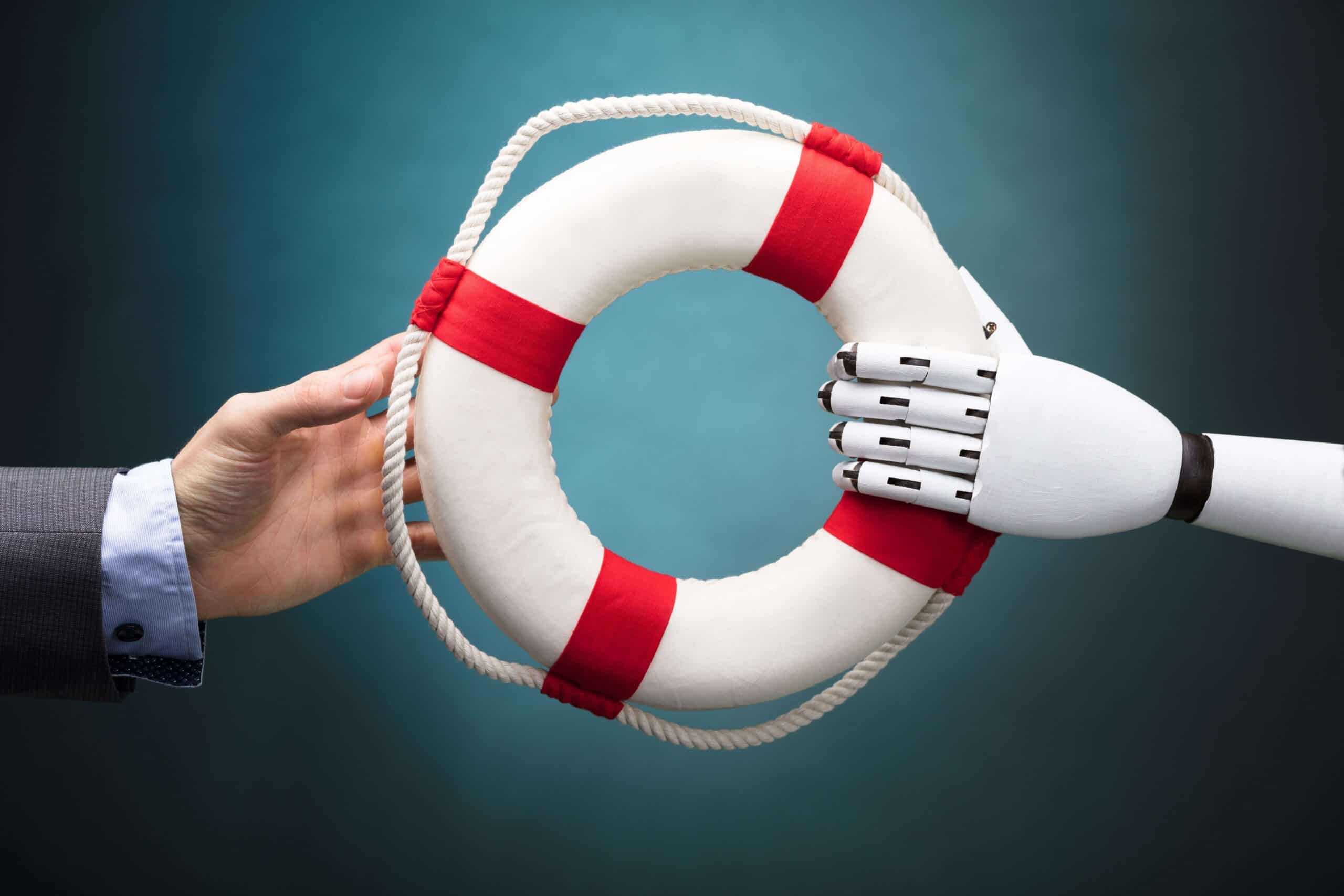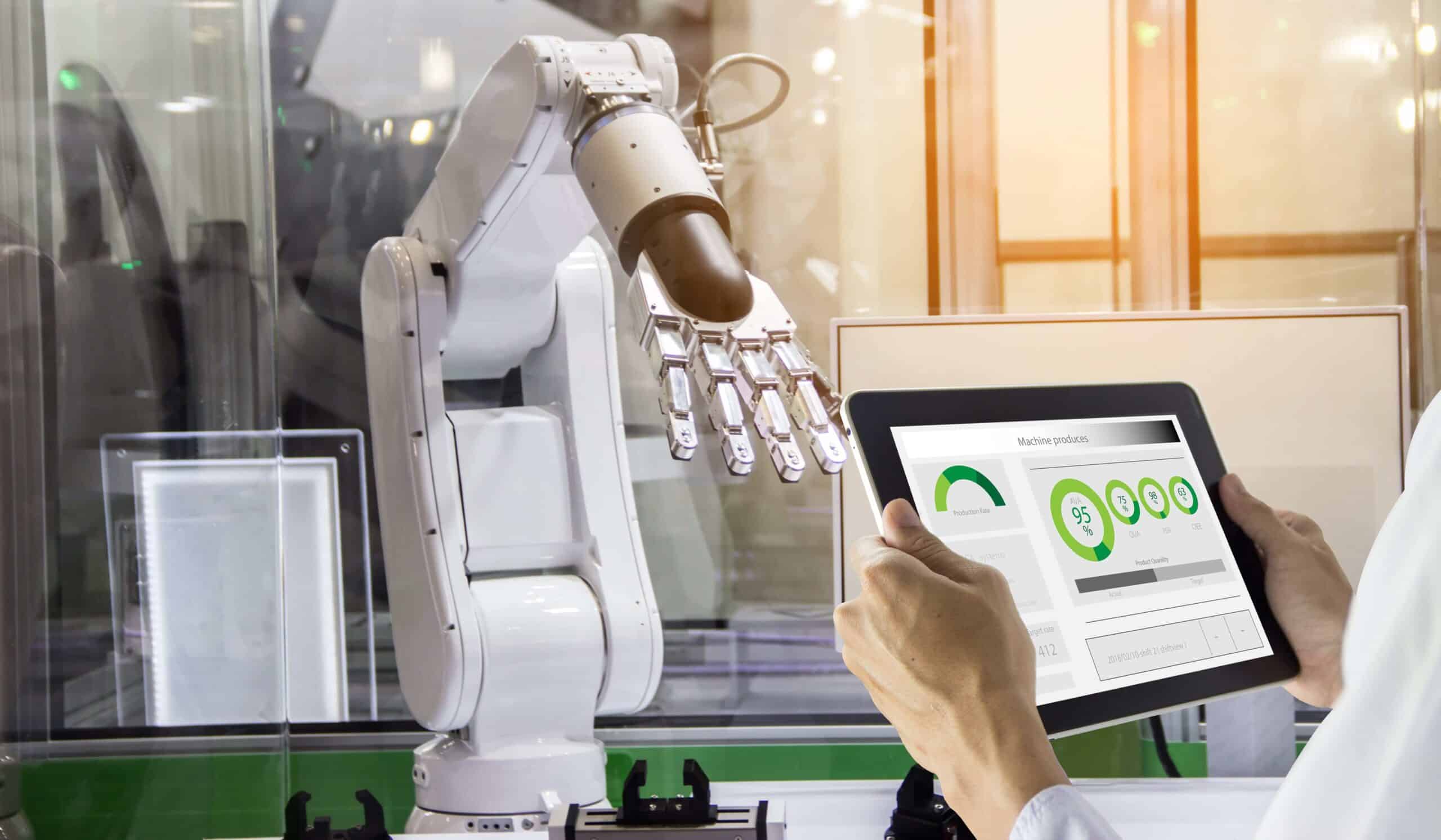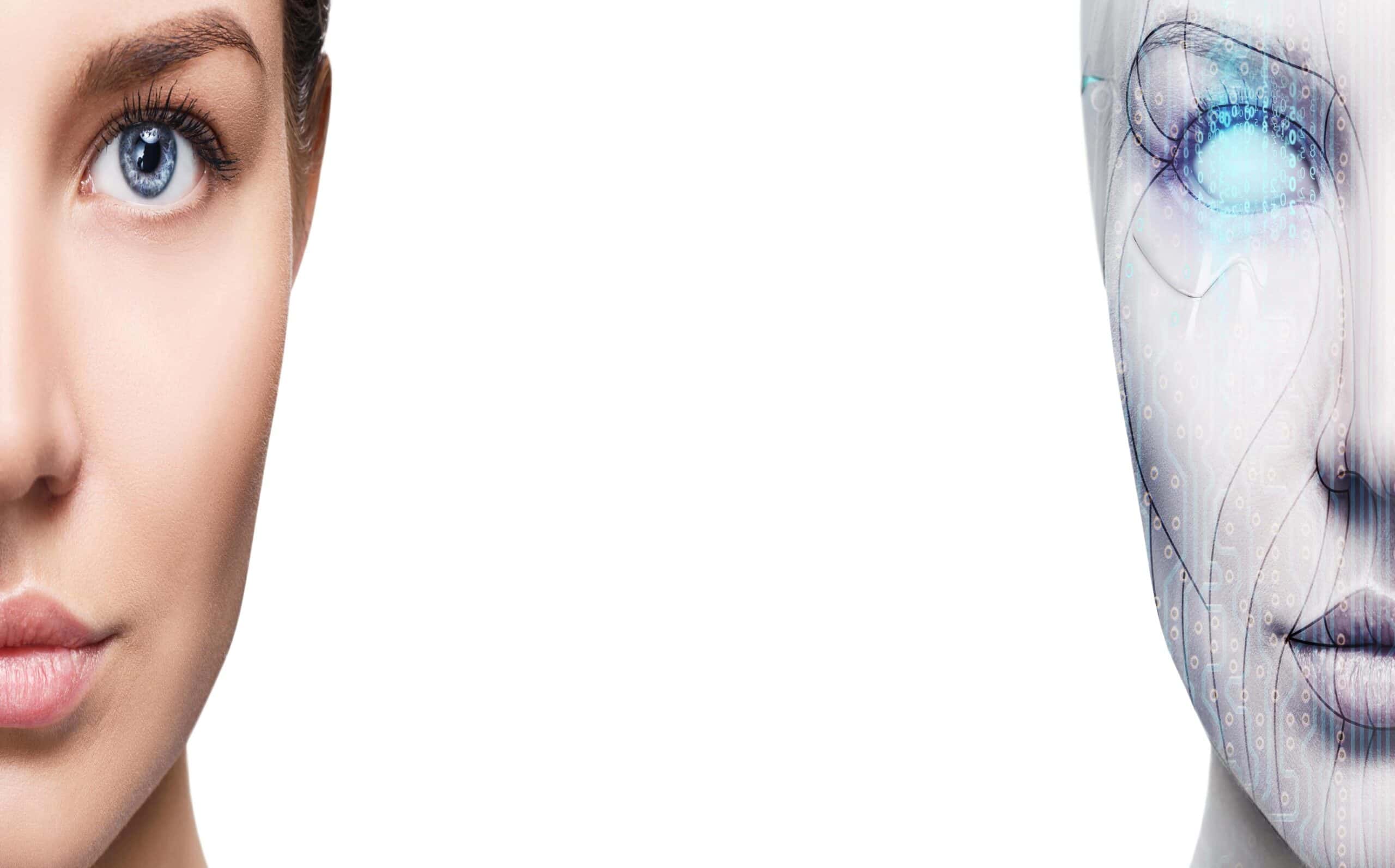- The growing threat of the illegal wildlife trade
- AI cameras help rangers to detect and stop poachers before they strike
- PAWS is an AI system that predicts where poachers are most likely to strike
- Wildbook uses AI to automatically identify individual animals
- PrimNet is a facial recognition software that can identify endangered primates
- Air Shepherd uses drones to prevent poaching
- Is technology the solution to our planet’s conservation crisis?
Our planet is home to an incredible diversity of wildlife, with millions of different species of animals and plants coexisting with one another. Unfortunately, this biodiversity has come under serious threat from poachers, traffickers, and highly-organised crime syndicates, whose illegal activities are endangering the very existence of some of these magnificent species. But it’s not just their existence that’s at stake. All living things on the planet, including humans, are inextricably linked with each other, and the loss of a single species could potentially have dire consequences for the entire ecosystem. Thankfully, it’s still not too late to prevent that from happening, but we need to act now. And technology could help us do it.
The growing threat of the illegal wildlife trade
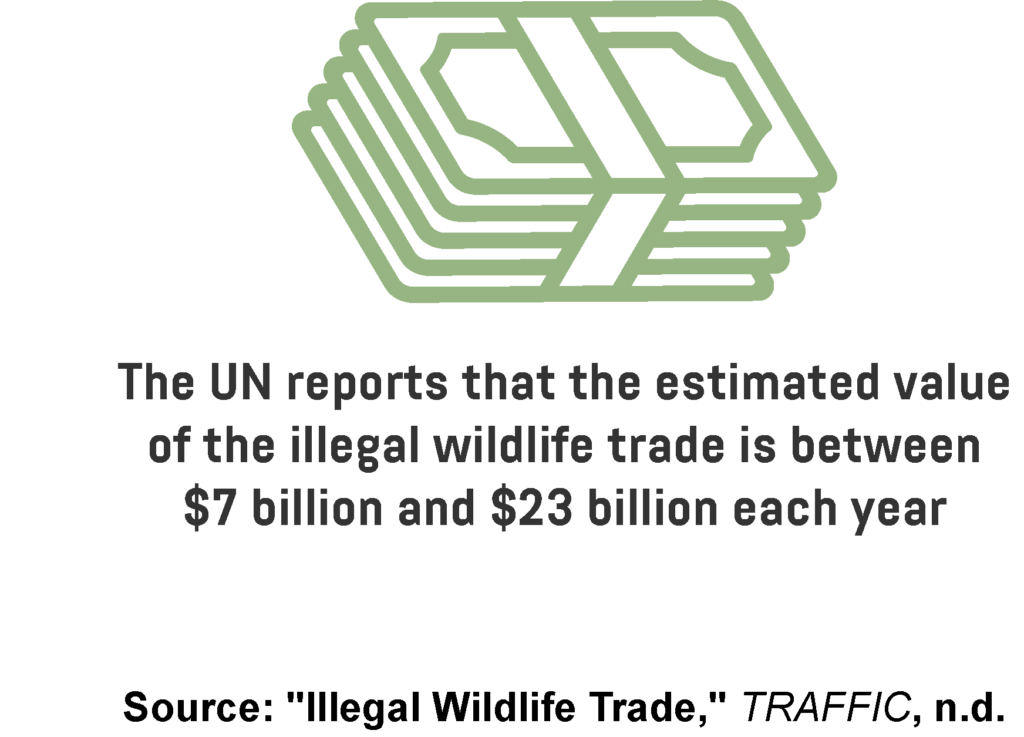
The UN estimates that the value of the illegal wildlife is somewhere between $7 billion and $23 billion annually.
Wildlife crime is a very lucrative business, and it’s grown significantly over the years. Elephant ivory, rhino horn, tiger bone, bear bile, and pangolin scales are just some of the wildlife commodities that are trafficked by international criminal networks, pushing these species to the brink of extinction. While it’s nearly impossible to provide an accurate estimate of the value of the illegal wildlife trade, the UN believes it falls somewhere between $7-23 billion annually.
As with any other business, the illegal wildlife trade is driven by consumer demand. In many countries around the world, but especially in Asia, people believe that certain animal parts have healing properties and are prepared to pay large sums of money to obtain them. But consumer demand isn’t the only factor fuelling the growth of the illegal wildlife trade, with corruption, inadequate laws, weak judicial systems, and light sentences also contributing to this problem. In recent years, a number of innovative technologies have emerged as an increasingly important tool in wildlife conservation efforts, some of which could fundamentally change how we combat the illegal wildlife trade.
AI cameras help rangers to detect and stop poachers before they strike
In the vast expanses of Africa, even the largest of animals, such as elephants, can be difficult to keep track of at all times. The Serengeti National Park in Tanzania, for example, spreads over 14,750 square kilometres of land – roughly the size of Belgium – and is home to more than 500 species of birds and 300 species of mammals. However, with only 150 rangers employed by the park, protecting all of the animals that inhabit it from poachers is an incredibly challenging task.
To address this issue and help rangers keep watch over the animals, the conservation nonprofit Resolve has developed an AI-powered camera system called TrailGuard AI. Powered by Intel’s Movidius Myriad 2 Vision Processing Units (VPUs), the device uses deep neural network algorithms to identify humans, animals, and vehicles with a high degree of accuracy. Approximately the size of a pencil, the new cameras will be installed along access trails throughout the park and will automatically alert park rangers if the system detects humans or vehicles, allowing them to respond before poachers can strike.
“By pairing AI technology with human decision-makers, we can solve some of our greatest challenges, including illegal poaching of endangered animals. With TrailGuard AI, Intel’s Movidius technology enables the camera to capture suspected poacher images and alerts park rangers, who will ultimately decide the most appropriate response,” says Anna Bethke, the leader of AI for social good at Intel Corporation. Starting with the Serengeti and Garamba National Parks, Resolve will deploy TrailGuard AI in 100 reserves across Africa in cooperation with the National Geographic Society and the Leonardo DiCaprio Foundation, before expanding to Southeast Asia and South America as well.
PAWS is an AI system that predicts where poachers are most likely to strike
One of the biggest problems in trying to protect animals in wildlife preserves is that there’s only so much land rangers can cover on their patrols, while animals are almost constantly on the move and rarely stay in one place for long. Furthermore, if rangers keep patrolling along the same routes, poachers can easily learn their schedule and use it to avoid them. So, to protect the animals, not only would they need to be able to predict where poachers are most likely to strike next, but they would also need to find a way to randomise their patrols so that poachers don’t know where they are.
Milind Tambe, a computer scientist at the University of Southern California, and his team have developed an AI system called PAWS, or Protection Assistant for Wildlife Security, which solves both of these issues. By analysing data from past patrols, a machine learning algorithm predicts where poachers are most likely to strike next, while a game theory model generates randomised, unpredictable patrol routes. So far, the system has been successfully tested in Uganda and Malaysia, and the developers hope it can soon be integrated into existing tools like Cybertracker and the SMART system.
During the first trial, which took place in the Queen Elizabeth National Park in Uganda, rangers were able to verify the accuracy of the system’s predictions. The areas designated by the system as having a high probability of poaching revealed about 10 times more illegal activity than low-probability areas. This should allow rangers to act more proactively in the future and stop poachers before they can do any harm. “We’re probably never going to completely stop poaching,” says Andrew Plumptre, the director of science for the Wildlife Conservation Society’s Africa program. “But we can get it down to a lower level, so that populations don’t decline.”
Wildbook uses AI to automatically identify individual animals
Giraffes are among the world’s most fascinating animals. Unfortunately, they’re also classified as vulnerable by the International Union for Conservation of Nature. Giraffe numbers in Africa have declined by 40 per cent over the past three decades, with less than 100,000 individuals now left in the wild. To ensure their survival, biologists need to constantly keep track of their numbers and movement. Typically, this is done through aerial surveys, which can be very expensive and time-consuming. But there may be a better way.
Developed by the Portland-based conservation tech nonprofit Wild Me, Wildbook is software that uses computer vision and artificial intelligence to automatically identify individual animals by their distinctive features, such as coat patterns or ear outlines. Jenna Stacy-Dawes, a research coordinator at San Diego Zoo’s Institute for Conservation Research, used the software to produce a robust population assessment of reticulated giraffes in Northern Kenya in just two days. “Before a population assessment wasn’t something you could do in a weekend. It’s incredible,” says Stacy-Dawes. “It’s been really helpful in allowing us to work faster and understand the population better than we ever really could have before.”
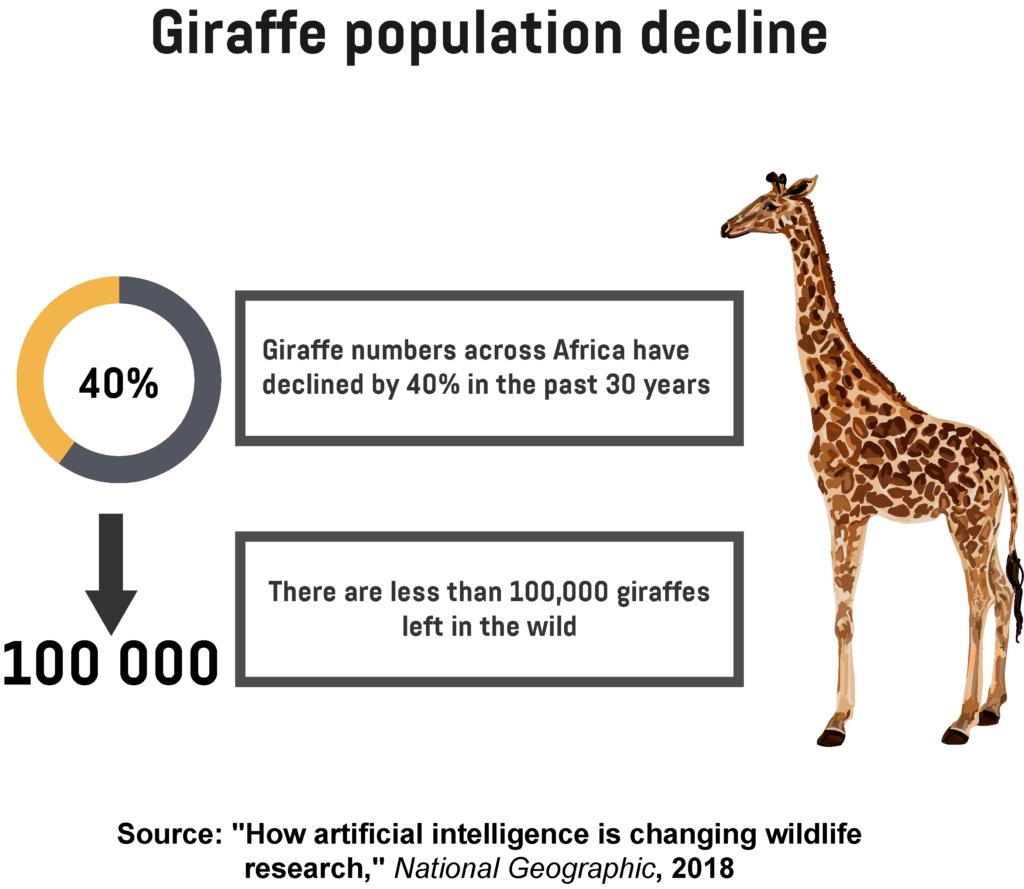
Wildbook currently features databases for 20 different species, but the software could be trained to identify thousands of others as well. In a recent development, Wildbook also launched an ‘intelligent agent’, or bot, that searches for whale shark videos on YouTube. Once located, the bot extracts still images of the shark from the video and identifies it by analysing its unique constellation of spots. It also records when and where the shark was spotted and then uploads all of the data to whaleshark.org’s database.
The intelligent agent works much faster than human researchers and can analyse around 30 videos per day. Overall, it has detected a total of 1,900 whale shark videos since it was first launched. “Letting this thing loose on YouTube, especially with migratory species that are out in the ocean, you get this chance of finding outlier sightings of animals where researchers just simply aren’t going,” says Jon Van Oast, a senior engineer at Wildbook and the brain behind the intelligent agent. “It goes places where the researchers just can’t for logistics reasons and funding.” In the future, Wildbook also plans to enable the intelligent agent to identify other species, including green sea turtles, hawksbill sea turtles, giant manta rays, humpback whales, and giraffes.
PrimNet is a facial recognition software that can identify endangered primates
Primates are considered some of the most endangered animals in the world, with more than 60 per cent of them facing extinction. Tracking is an important element in wildlife conservation efforts and usually involves capturing and tagging animals with tracking devices. However, not only is this method expensive, but it can also adversely affect the animals by causing stress, physical injury, or even death.
That’s why researchers at Michigan State University (MSU) developed PrimNet, a facial recognition system that uses convolutional neural networks to identify individual animals with more than 90 per cent accuracy. The researchers first took thousands of photos of three different species of primates in the wild – golden monkeys, lemurs, and chimpanzees – and then used them to create an image dataset, which was used to train the software to recognise individual animals.
The researchers also created an app called PrimID, which allows conservationists to simply snap a photo of an animal and drop it in the app to identify it. If the app can’t offer an exact match, it will provide a list of the five most likely candidates. “We compared PrimID to our own benchmark primate recognition system and two, open-source human face recognition systems, and the performance of PrimNet was superior in verification one-to-one comparison and identification, or one-to-many comparisons, scenarios. Moving forward, we plan to enlarge our primate datasets, develop a primate face detector and share our efforts through open-source websites,” says Anil Jain, a professor of computer science and engineering at MSU.
Air Shepherd uses drones to prevent poaching
There are a number of reasons why catching poachers in the act can be a very difficult task, but one of the main ones is that they mostly operate at night. According to Otto Werdmuller Von Elgg, the head of a pioneering group of conservationists, entrepreneurs, and researchers called Air Shepherd, about 80 per cent of poaching happens under the cover of darkness. To get around this problem and stop poachers from harming animals, Air Shepherd has come up with an innovative strategy that relies on drones and artificial intelligence.
Once the group receives a tip from their government or police partners about a suspected poaching operation, one of their 40 pilots dispatches a drone to the location to look for poachers. The drones are equipped with both typical cameras and heat-sensitive infrared optics, which allows them to easily detect animals and humans even in the dark. Images captured by the drone are then fed into image-processing software developed by researchers from the University of Southern California, which analyses them using a machine learning algorithm and raises an alert if it detects something unusual.
Is technology the solution to our planet’s conservation crisis?
Next to habitat loss, the illegal wildlife trade is the biggest threat to our planet’s biodiversity. Fuelled by consumer demand, high profits, and inadequate laws, a wide variety of plant and animal species are trafficked at an unsustainable rate, pushing them closer and closer to the brink of extinction. However, the illegal wildlife trade isn’t just threatening the existence of these species, but also the balance of the entire ecosystem.
It seems as though conservationists are fighting a losing battle. Poachers are highly organised, well-equipped, ruthless, and will stop at nothing to achieve their deadly goal. While technology has proven to be an effective tool in reducing poaching, it may not be enough to stop it altogether. Putting an end to poaching will require a joint effort from conservation groups, local communities, and governments. We need to raise awareness about the gravity of this issue, reduce consumer demand by educating the general public, and force governments to impose stricter laws for poaching. Our planet’s future depends on it.



